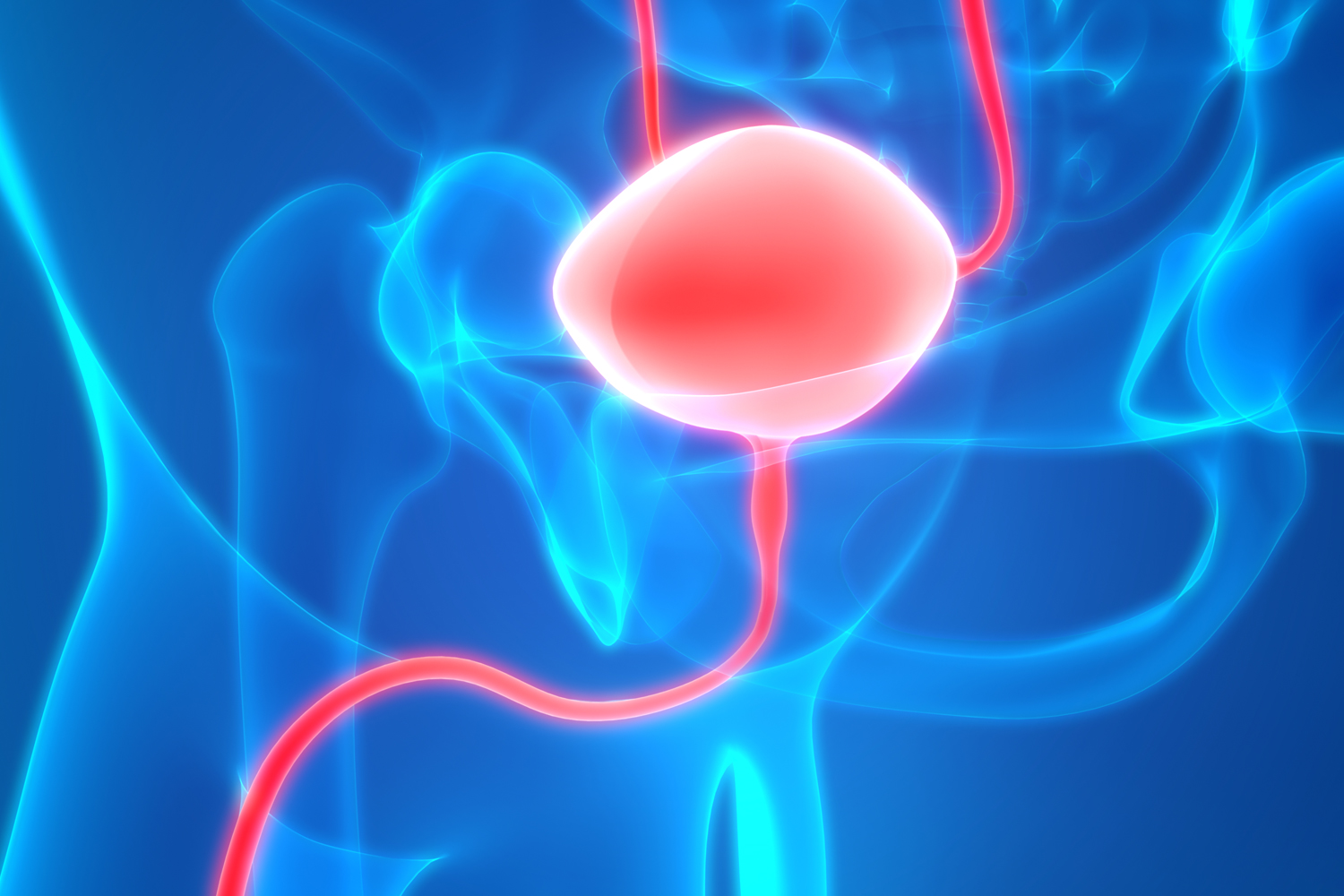Every week, the editors of Cancer Today magazine bring you the top news for cancer patients from around the internet. Stay up to date with the latest in cancer research and care by subscribing to our e-newsletter.
Implant Can Help Eliminate Bladder Cancer Tumors
An implant that dispenses chemotherapy into the bladder over time eliminated cancer in more than 80% of people with high-risk bladder cancer, according to results of a phase II clinical trial published in the Journal of Clinical Oncology. The trial involved 85 people with non-muscle-invasive bladder cancer whose cancer had progressed after being treated with immunotherapy. Participants received an implanted device called TAR-200, which is inserted using a catheter, HealthDay reported. While chemotherapy delivered to the bladder typically stays there for just a short time before it exits the body, the pretzel-shaped device sits in the bladder and steadily releases the chemotherapy drug gemcitabine over the course of several weeks. “The theory behind this study was that the longer the medicine sits inside the bladder, the more deeply it would penetrate the bladder and the more cancer it would destroy,” Sia Daneshmand, the study’s lead author and the director of urologic oncology at Keck Medicine of USC in Los Angeles, said in a press release. Participants received a TAR-200 implant every three weeks for six months, followed by every three months for the next two years. Researchers found 70 of the 85 participants (82.4%) had their cancer disappear. “Traditionally, these patients have had very limited treatment options,” Daneshmand said. “This new therapy is the most effective one reported to date for the most common form of bladder cancer.”
(Read more about an earlier clinical trial of TAR-200 in bladder cancer.)
Marathon Running Linked to Increased Risk for Precancerous Colon Polyps
While exercise can help prevent cancer, long-distance runners may be at increased risk for colon cancer, according to a study presented at the American Society of Clinical Oncology Annual Meeting in June in Chicago. In the study, which has not yet been published in a peer-reviewed journal, 100 people ages 35 to 50 who ran marathons or ultramarathons—any race longer than 26.2 miles—received a colonoscopy. Researchers found 39 participants had at least one precancerous polyp, with 15 of those having an advanced adenoma, a type of lesion that has a high risk of becoming colon cancer. Those rates were much higher than researchers expected, as typically 4.5% to 6% of people in their late 40s have advanced adenomas, the New York Times reported. “You never want to give people an excuse not to exercise because, by and large, we have bigger problems from people not exercising enough,” Timothy Cannon, the study’s lead author and an oncologist at Inova Schar Cancer in Fairfax, Virginia, told the Times. “But I do believe, after what I’ve seen from my patients and what we’ve found here, that extreme exercise may increase the risk of this cancer.” Researchers theorized that marathon runners may miss signs of colon cancer, such as stomach cramps or bloody stools, because runners often experience those symptoms. Long-distance running may also deprive the colon of oxygen, a condition called ischemic colitis that usually improves on its own. One hypothesis is repeated cycles of this inflammation-related cell damage and repair can spur cancer growth. However, several experts pointed out that most young people with colon cancer are not marathon runners and noted more research is needed.
Breast Cancer Cells Use Fat Cells to Grow
Obesity has long been associated with increased risk for breast cancer. A research team has discovered one reason for this connection: breast cancer cells use the lipids from fat cells to fuel their growth. In a study published in Nature Communications, researchers examined tissue from people with triple-negative breast cancer. They found that when the cancer cells were near fat cells, the fat cells lacked lipids, which are compounds that store energy. Researchers discovered the cancer cells insert a straw-like structure, called a gap junction, into the fat cells to remove the lipids, NBC News reported. “Aggressive cancer cells can co-opt different nutrient sources to help them grow, including by stimulating fat cells in the breast to release their lipids,” Jeremy Williams, the study’s lead author and a researcher at the University of California, San Francisco, told NBC News. When researchers altered the genetics of the cancer cells to prevent them from forming gap junctions, the tumors no longer grew. “Knocking out a single gene impaired the formation and progression of the tumor,” Williams told NBC News. Researchers said the discovery may lead to treatments for breast and other cancers that starve cancer cells by blocking them from draining lipids from nearby fat cells.
Cancer Today magazine is free to cancer patients, survivors and caregivers who live in the U.S. Subscribe here to receive four issues per year.





